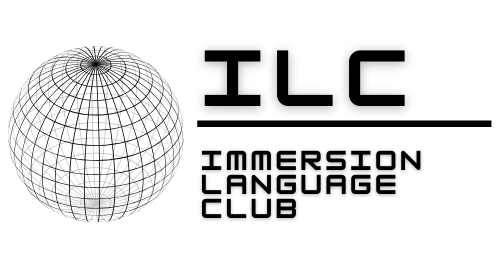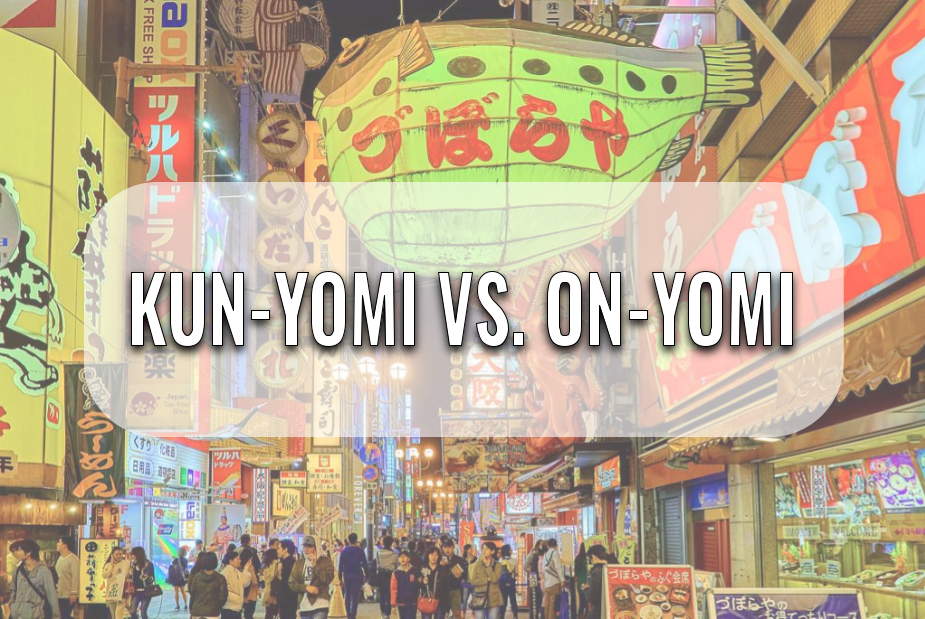Japanese kanji, the logographic characters borrowed from China, are an essential part of the Japanese writing system.
However, one of the most challenging aspects of learning kanji is that many of them have multiple readings. This can be confusing, especially for newbies to this aspect of the language, and especially when said newbies discover that some kanji have more than two, three, even -- wait for it -- more than twenty readings. (Yes, I'm looking at you, 生 ...)
So why do Japanese kanji have multiple readings, and what is the difference between kun-yomi and on-yomi? In this article, we'll explore these questions and shed some light on this important topic.
The Origin of Multiple Readings
To understand why kanji have multiple readings, it's important to know a bit about their history.
Kanji were first introduced to Japan over a thousand years ago, perhaps as early as the late 50s CE. Since then, they've evolved in distinctly unique (read: distinctly Japanese) ways.
The Japanese language already had its own set of native words and grammar rules, so the imported Chinese characters had to be adapted (in some cases, a lot) to fit the Japanese language.
One of the ways this was done was to give some of the kanji new pronunciations that were based on the sounds of existing Japanese words. These new readings were called kun-yomi, which literally means something like "instructional reading" or "meaning reading," but is probably best remembered as "Japanese reading."
The other type of reading for kanji is called on-yomi, which refers to the original Chinese pronunciation of the character (albeit from a region and time in China when they barely if ever resembled Mandarin). When kanji were first introduced to Japan, they were read using these on-yomi readings, and sometimes we can still see a loose connection in this regard between the Chinese hanzi and their Japanese equivalents (kanji).
Adopting kanji with their given on-yomi readings allowed Japanese people to read Chinese texts and communicate with Chinese traders and officials. Over time, the on-yomi readings became an important part of the Japanese language and can be found about as pervasively throughout the language today as French words are in English (as when I ask you if this isn't a most fine instruction of today's topic).
Kun-yomi vs. On-yomi
So, what is the difference exactly between kun-yomi and on-yomi readings?
Well, as mentioned earlier, kun-yomi readings are based on the sounds of Japanese words that existed prior to kanji's arrival to the country. These readings are used when a kanji has been "grafted" onto all or part of a Japanese word, either on its own (such as in 木, or ki) or as part of a compound word (as in 持ち帰り, mochikaeri), though somewhat less rarely than is the case for their on-yomi counterparts.
Kun-yomi readings are often the case as well when we see okurigana (or whatever hiragana comprises part of a word along with the word's kanji). A case in point: 行きたくない (ikitakunai), or "I don't want to go," requires okurigana to help us with declining the verb 行く (iku), and as such relies on a version of "to go" that utilizes the kanji's kun-yomi for 行 (which would otherwise be read "gyou" or "kou").
On-yomi readings, on the other hand, are based on the original Chinese pronunciation of the character. These readings are very often used when a kanji is used in combination with other kanji to form a compound word.
For example, the kanji for "big" (大) has the on-yomi reading of "dai" and the kun-yomi reading of "o'okii." When combined with other kanji (e.g. 学, "to study/learn") to form a compound word, it is usually read with the on-yomi reading (e.g. 大学, or daigaku, which means college/university).
Compound words in Japanese often have Chinese origins (again, think of big fancy French words used now in everyday English) that were imported into the language along with their readings. This makes on-yomi as necessarily relevant to daily Japanese conversation and reading as kun-yomi. So much for choosing favorites.
Why Learn Multiple Readings?
With so many kanji having multiple readings, it can be challenging to learn them all. (Seriously, there's eleven reading variations to the kanji we used above, 行. What gives?!)
However, as any good-natured Japanese native or language teacher will tell you, it is an unavoidable, arduous, and fairly thankless task that you signed up for the moment you told yourself that one time, "Kanji are cool! I'll bet I can learn 50 of them a day and have all the jouyou ones down before Anya says 'chichi' again!" (Bad, Anya, bad!)
It's most certainly worth it, though. For one thing, knowing both kun-yomi and on-yomi readings allows you to understand the meaning of a much wider variety of words than if you only chose one or the other. This inherently makes reading Japanese texts much easier, consider the vast number of words that are written using kanji.
Another less obvious reason to take the time to learn these multiple readings is that they can provide hints as to the meaning of unfamiliar words. For example, the kanji for "fire" (火) has the on-yomi reading of "ka" and the kun-yomi reading of "hi." Knowing both readings can help you recognize the kanji (and therefore its associations) when you hear it in other words, such as "kayoubi (火曜日 , "Tuesday"), "kazan" (火山, "volcano"), or "hibana" (火花, "spark").
In other words, kanji often serves as the link between disparate-seeming words (e.g. "ie" and "kazoku" both share 家) which we can only really appreciate and take advantage of knowing if we do our due diligence of studying both its kun- and on-yomi readings. Put in the effort, and you'll slowly but surely begin to see the code of the Matrix that is the Japanese language reveal itself to you.
In conclusion, the reason why Japanese kanji have multiple readings is due to their evolution over time and the need to adapt them to the peculiarities and idiosyncrasies of the Japanese language.
And if you're interested in mastering these and other important aspects of Japanese kanji, I recommend looking no further than IJC's Cracking the Kanji Code Course, as well as it's sequel for starting with your first 80 JLPT N5-Level kanji in our Level 2 Kanji Course.
Happy studies!


